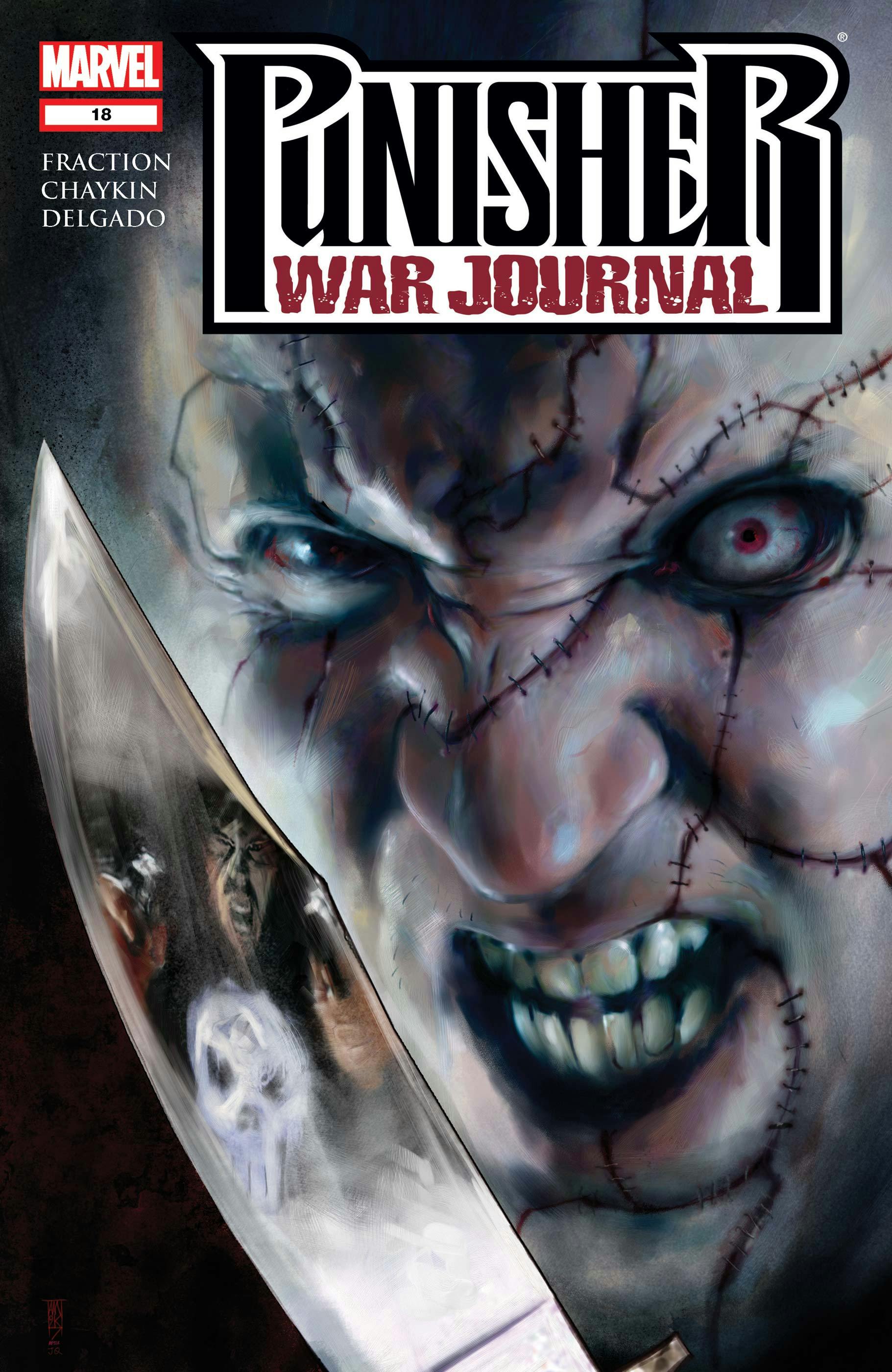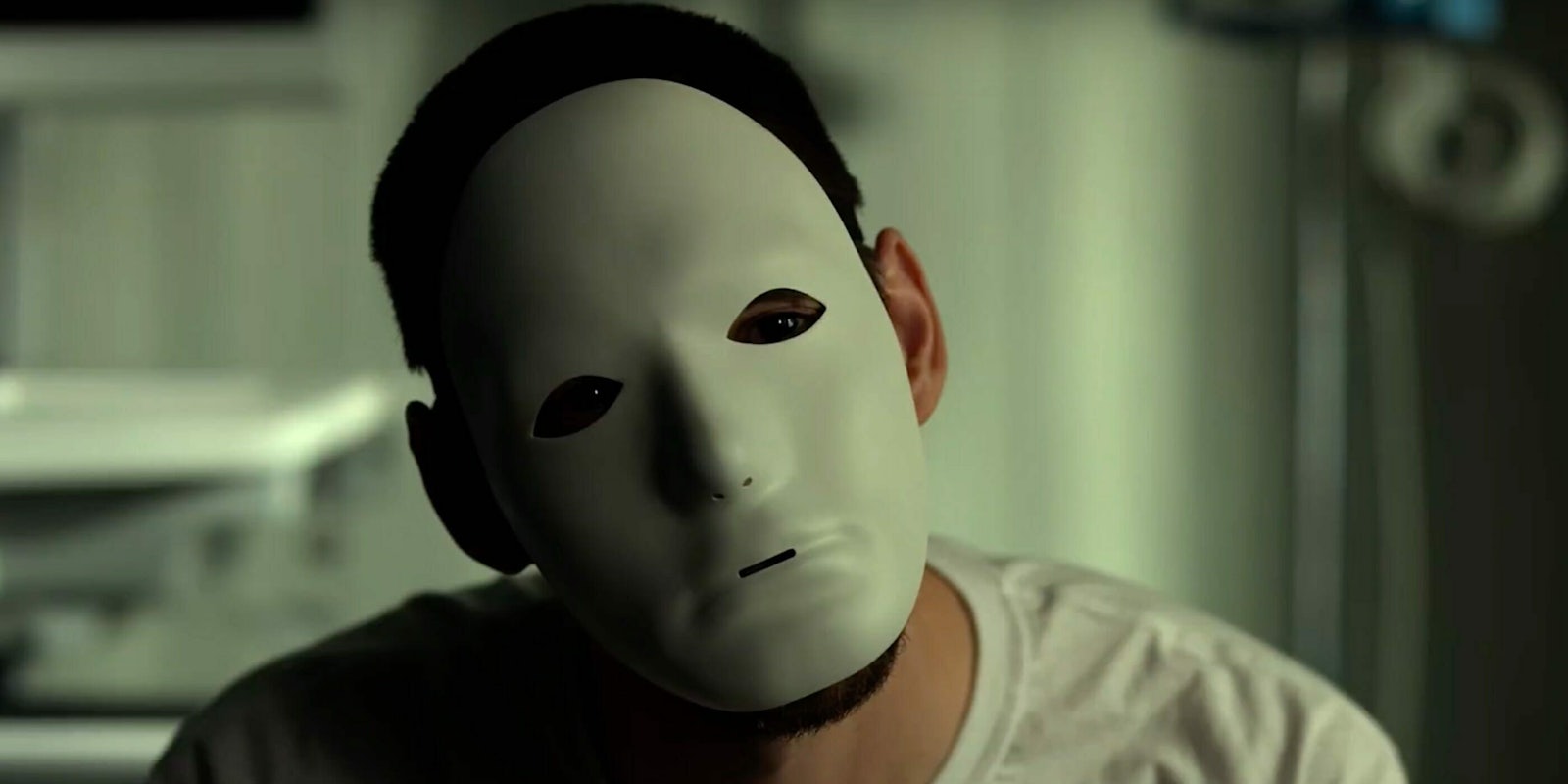We already met Billy Russo in season 1 of Netflix’s The Punisher, but in season 2 he’ll evolve into the supervillain Jigsaw. Now suffering from facial scarring and amnesia, the trailers show him donning a skull-like mask to confront Frank Castle.
To get to know Jigsaw better before The Punisher season 2 arrives, here’s the lowdown on his role in the Marvel comics.
The Marvel Comics origin of Jigsaw
Like many comic book adaptations, the screen version of Jigsaw differs from his comic book origins. Netflix cast Billy Russo as one of Frank Castle’s old friends from the Marine Corps, but the comics introduced him as a street-level criminal, a hitman for the Italian mob in New York.
Created by writer Len Wein (co-creator of Storm, Colossus, and Nightcrawler) and Ross Andru (a long-established Marvel/DC artist), Billy Russo made his first appearance in The Amazing Spider-Man #162. Arriving in 1976, he’s a contemporary of several other New York City characters in Netflix’s Defenders franchise. However, the original Russo is rather different from the gritty character we know and love today.

By casting Ben Barnes, an actor handsome enough that he once played Dorian Gray, Netflix recalls Billy Russo’s old nickname “Beaut,” referring to the good looks he had before Frank Castle shoved him through a window during a showdown with the mob.
READ MORE:
- Ranking the best Marvel series on Netflix
- Is a Marvel Unlimited subscription worth it?
- Marvel vs. DC: Which comics universe reigns supreme?
- The most powerful Marvel characters: Heroes, villains, and gods
Jigsaw’s path to villainy
Billy Russo had an unhappy childhood—not exactly unusual in superhero comics. Abandoned as an orphan, he wound up in the world of organized crime, working as a hired gun. But ironically enough, his career as a supervillain only kicked off after the Punisher destroyed his face. Mirroring Frank Castle’s own obsession with vengeance, Russo—now calling himself Jigsaw—dedicated his life to revenge.

In between his day job as an increasingly powerful criminal organizer, Jigsaw spent years trying to either kill the Punisher or ruin his reputation by framing him for crimes he didn’t commit. He isn’t always a costumed supervillain because some of the Punisher comics take a more realistic tone, but he’s invariably obsessed with Frank Castle. In the 2000s-era Punisher: War Journal, he teams up with a female psychiatrist (one of the inspirations for the new Netflix season) and dons a reversed version of the Punisher costume.
Jigsaw in Netflix’s The Punisher
In the teasers for season 2, Billy Russo wears a stylish skull mask that (amazingly) has a credible in-universe explanation in the show. We won’t spoil what that is, though. Instead, here’s some insight from actor Ben Barnes on Netflix’s vision for the character, speaking to io9:
We’re talking abut a deeply narcissistic character—in season 1—whose mask of appeal in terms of doing his hair and the nice suits and all that kind of stuff has been stripped away from him. It’s about what he sees when he looks in the mirror rather than necessarily what other people see, because we didn’t want [Billy’s story] to be a horror show. It’s something more internal. We don’t refer to the character as Jigsaw in the series, but he very much has a jigsaw puzzle in his brain. It’s not about his face, it’s about the psychological, which is really something we wanted to focus on this season.
Rather than being gruesomely disfigured—a villain trope that is now considered so offensive that the British Film Institute refuses to fund films that use it—the new Billy Russo is basically as handsome as ever, albeit with some visible scars.
Russo’s organized crime origins made sense for the 1970s era of the comics, when Frank Castle was Frank Castiglione, and a lot of NYC-based Marvel comics took inspiration from mob movies. This version feels more appropriate for the Netflix show, which leans heavily into Castle’s military background and the impact of PTSD on veterans. Russo’s injuries result in a transformational kind of trauma, mirroring Castle’s backstory and tying into the therapy scenes we saw with other veteran characters last season.


